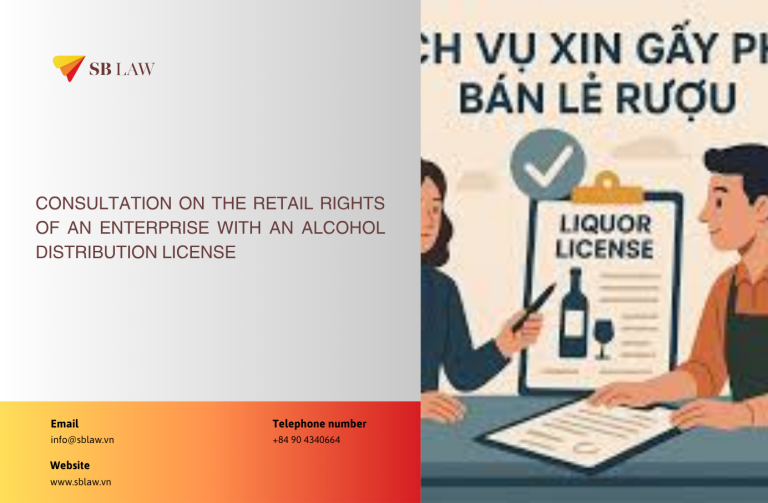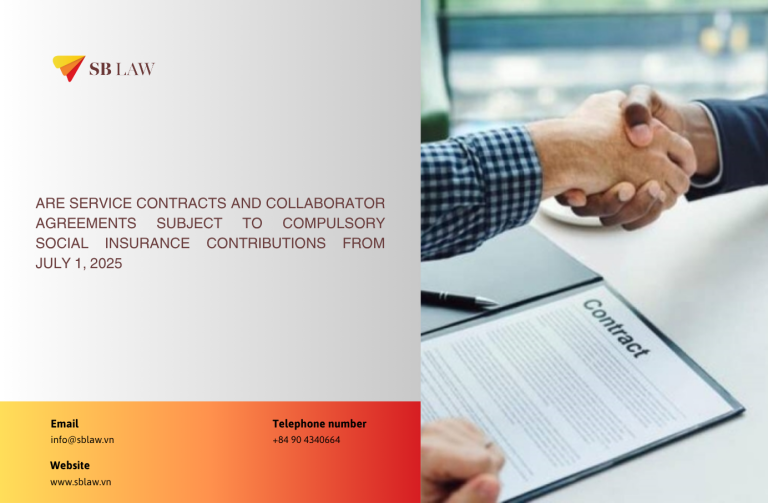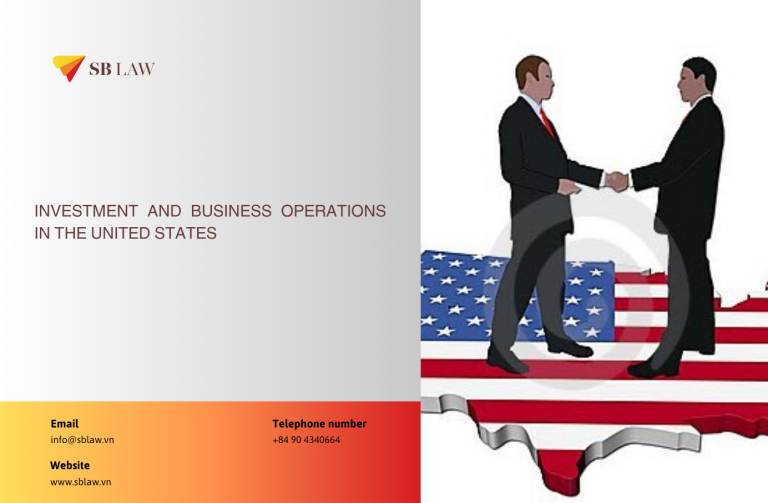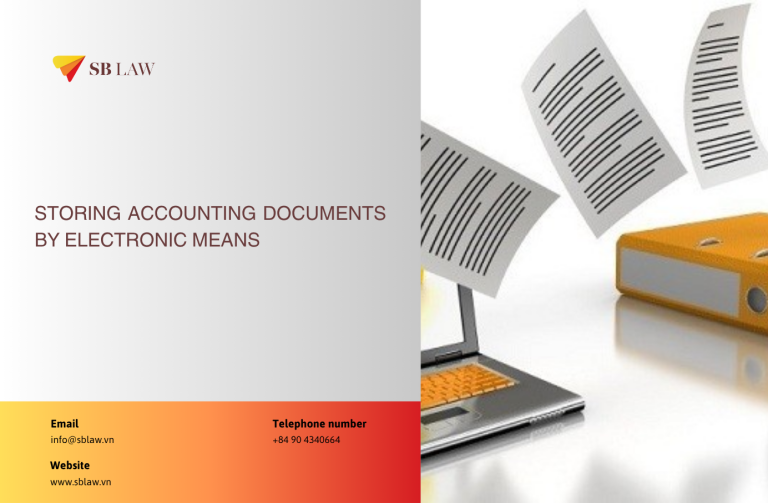Last month, Vietnam goverment passed Decree No 35 providing detailed regulations for implementation of a number of articles of Law on competition which take effect on May 15, 2020, lawyer Harry Nguyen - chairperson of SBLAW and Mr. Tieu Quang Khanh shares the key changes of this important decree in Vietnam Investment Review (Vir).
On 24 March 2020, the Vietnamese Government passed Decree No.35/2020/ND-CP (Decree 35) providing detailed regulations for implementation of a number of articles of the Law on Competition that take effect since 15 May 2020.
As the Law on Competition of Vietnam switch from a rigid market-share-based approach to a more flexible and pragmatic approach in terms of determining what conducts might violate the law, the Decree 35 provides detailed regulations about how the National Competition Commission (NCC) could enforce the Law as respect, but not limited to definition of relevant market, definition of substantial market power, assessment of substantially lessening competition (SLC) effect or ability to cause such effect of an agreement to restraint competition, and economic concentration.
Change in the practice of relevant market definition
Relevant market definition is a crucial task practiced by NCC to determine the scope of the market affected by certain potential anti-competitive conducts (i.e. agreement to restrain competition, abuse of dominant market position and monopoly position). The definition of relevant market creates a foundation to calculate market share which is a contributing factor to determine presume dominance position, notification responsibility for economic concentration, etc.
Unlike in The Law on Competition 2004 and the accompanying Decree 116, the prescriptive SSNIP test, which requires onerous information gathering, now is only the last resort for the competition agency to define relevant market. Instead, Decree 35 utilizes a holistic assessment considering many relevant factors for relevant market definition. Besides factors prescribed in the old Decree 116, the new Decree 35 also supplements a number of extra factors such as: consumer habits; legal provisions affecting the ability to substitute the goods or services; the ability to distinguish between buying and selling prices for different customer groups.
Specifying a pragmatic approach to assess substantial market power, SLC effect or ability to cause such effect of agreement to restrain competition and economic concentration
According to the Law on Competition 2018, agreement to restrain competition (except for hard-core, per se illegal agreement) and economic concentration are subject to SLC test to determine the SLC effect they have or likely to have in the relevant market. Additionally, besides the 30% market share threshold, the Competition Law looks toward the “substantial market power” of an enterprise to determine whether such enterprise holds a market-dominant position within the market. A holistic approach, employing many relevant factors is specified in the Law on Competition to gauge the practical knowledge about substantial market power and how competition is lessened as a result of an anti-competitive conducts or economic concentration. Thus, the new promulgated Decree 35 provides guidance regarding how these factors are actually interpreted and used to substantiate the view of the NCC on the SLC effect of the potentially violated conducts.
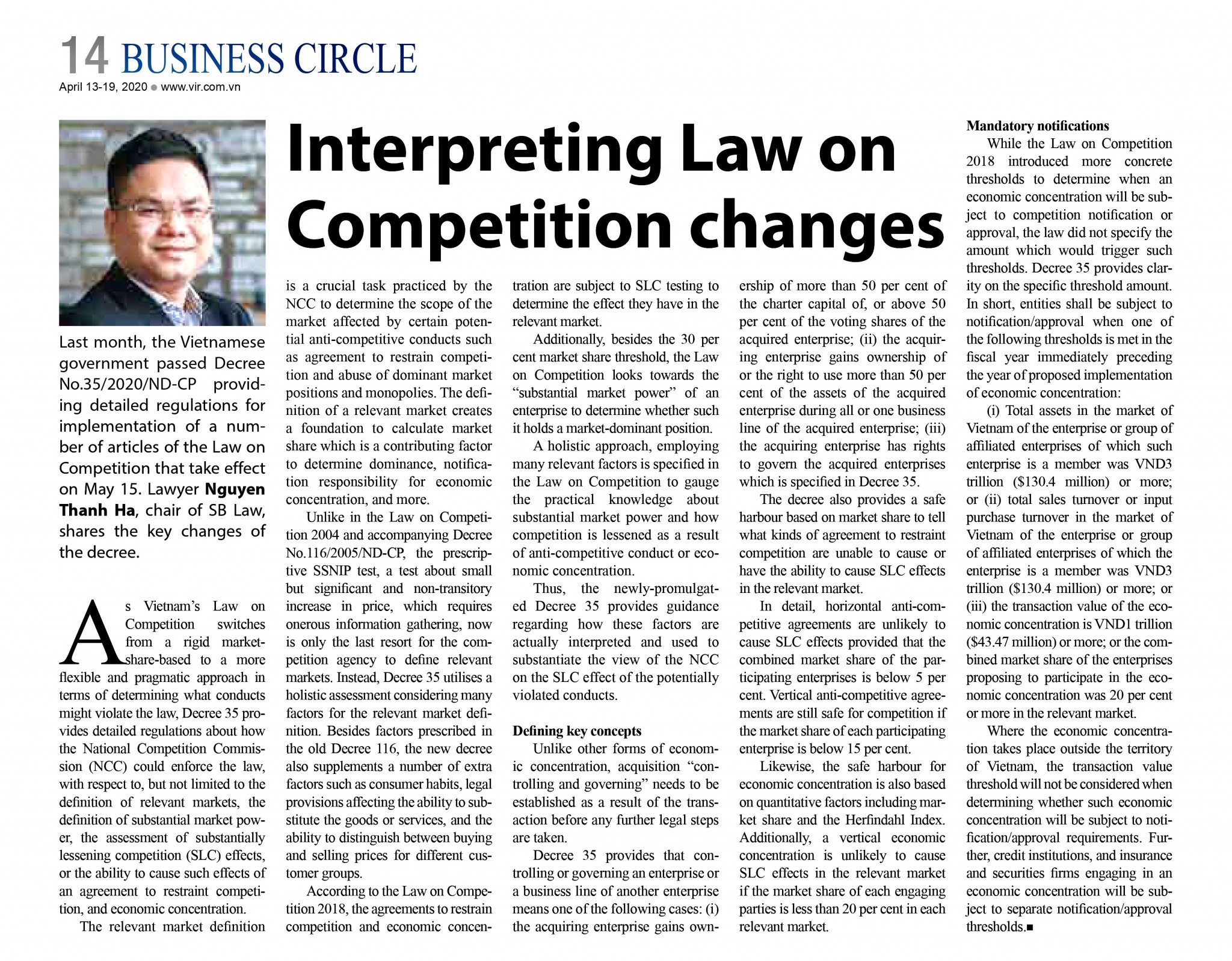
Unlike other forms of economic concentration, for acquisition “controlling and governing” relation need to be established as a result of the transaction before any further legal steps are taken. The Decree 35 provides that "Controlling or governing" an enterprise or a business line of another enterprise (the "acquired enterprise") means one of the following cases: (i) The acquiring enterprise gains ownership of more than 50% of the charter capital of, or above 50% of the voting shares of the acquired enterprise; (ii) The acquiring enterprise gains ownership of or the right to use more than 50% of the assets of the acquired enterprise during all or one business line of the acquired enterprise; (iii) The acquiring enterprise has rights to govern the acquired enterprises which is specified in the Decree 35.
Safe harbor for agreement to restrain competition and economic concentration
The Decree 35 also provides “safe harbors” based on market share to tell what kinds of agreement to restraint competition are unable to cause or have ability to cause SLC effect in the relevant market. In detail, horizontal anti-competitive agreements[1] are unlikely to cause SLC effect provided that the combined market share of the participating enterprises is below 5%. For vertical anti-competitive agreement[2], the agreement is still safe for competition in case the market share of each participating enterprises is below 15%.
Likewise, the safe harbor for economic concentration is also based on quantitative factors including market share and HHI Index[3]. For horizontal economic concentration[4], the transaction is deem to be safe to competition in case the combined market share of the participated enterprises is less than 20% in the relevant market, or the combined market share is more than 20% with HHI Index after the transaction is less than 1.800, or the combined market share is more than 20% and HHI Index after the transaction is more than 1.800 but the increase in the HHI Index before and after the economic concentration is less than 100. Additionally, a vertical economic concentration[5] is unlikely to cause SLC effect in the relevant market if the market share of each engaging parties is less than 20% in each relevant market.
Mandatory notification threshold for economic concentration
While the Competition Law 2018 had introduced more concrete thresholds to determine when an economic concentration (i.e. mergers, consolidations, acquisitions, and joint ventures) will be subject to competition notification/approval, the law did not specify the amount which would trigger such thresholds. Decree 35 provides clarity on the specific threshold amount. In short, entities (with exceptions to credit institutions, insurance companies, and securities companies) shall be subject to notification/approval when one of the following thresholds is met:
- Total assets in the market of Vietnam of the enterprise or group of affiliated enterprises of which such enterprise is a member was three (3) trillion VND or more in the fiscal year immediately preceding the year of proposed implementation of economic concentration;
- Total sales turnover or input purchase turnover in the market of Vietnam of the enterprise or group of affiliated enterprises of which the enterprise is a member was three (3) trillion VND or more in the fiscal year immediately preceding the year of proposed implementation of economic concentration;
- The transaction value of the economic concentration is one (1) trillion VND or more;
- The combined market share of the enterprises proposing to participate in the economic concentration was 20% or more in the relevant market in the fiscal year immediately preceding the year of proposed implementation of economic concentration.
Where the economic concentration takes place outside the territory of Vietnam, the transaction value threshold will not be considered when determining whether such economic concentration will be subject to notification/approval requirements. Further, as mentioned, credit institutions, insurance companies, and securities companies participating in an economic concentration will be subject to separate notification/approval thresholds.
[1] An agreement between enterprises in the same relevant market
[2] An agreement between enterprises conducting business at different stages in the same production, distribution and supply chain for a specified type of goods or services
[3] Total market share squares of all the enterprises in the relevant market
[4] Economic concentration involving actual or potential suppliers of substitutable goods or services
[5] Enterprises participating in the economic concentration which have a relationship with each other in the chain of production, distribution and supply of a specified type of goods or whose business lines provide mutual inputs or provide ancillary support to each other

